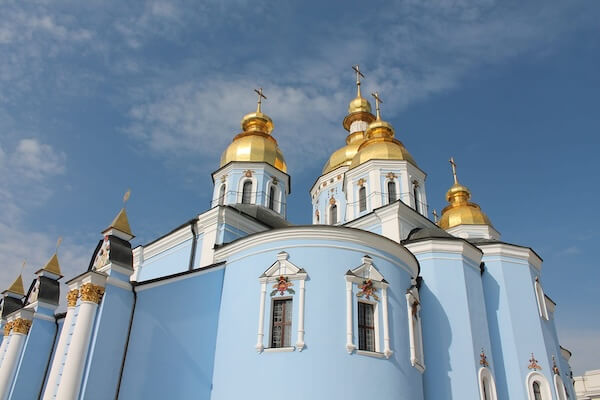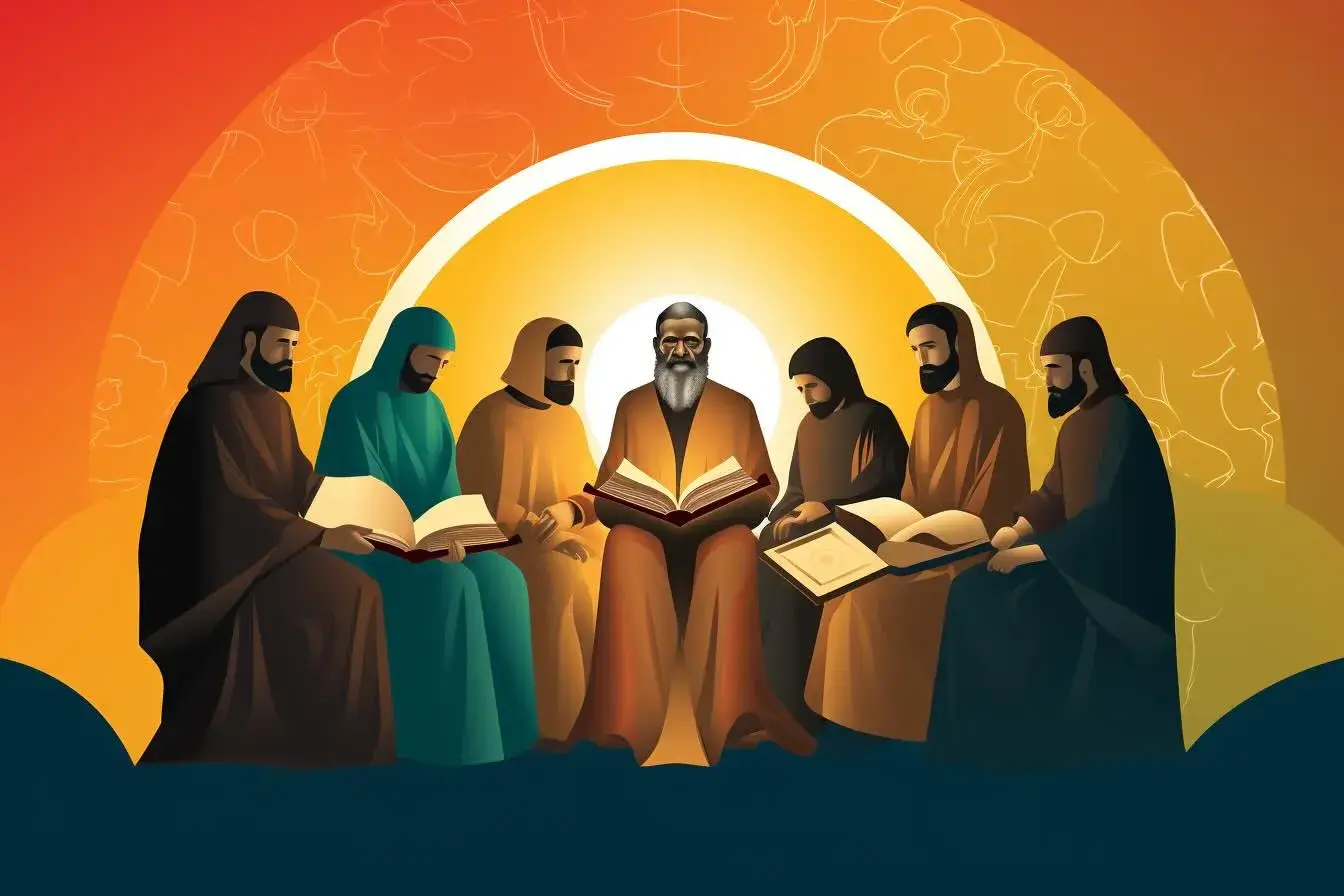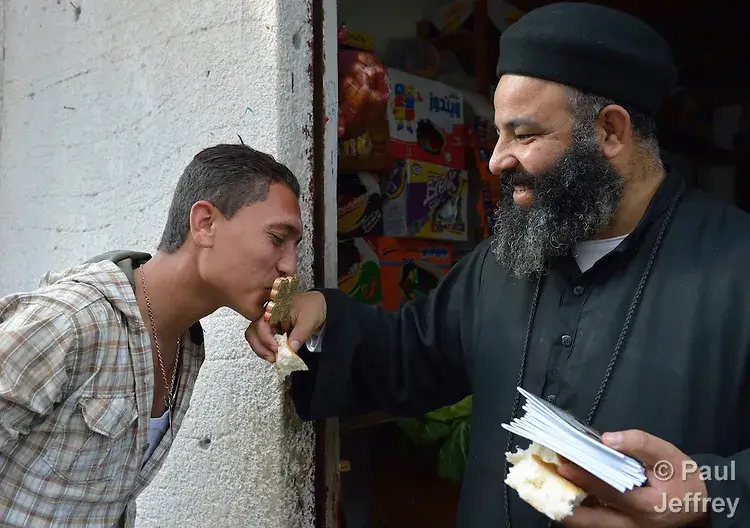Stepping into an Orthodox church, you’re immediately struck by the beauty and mystery of the iconostasis. It’s not just a decorative element; it’s a profound symbol with deep roots in Christian tradition. I’ll explore why this wall of icons is much more than meets the eye, delving into its history, symbolism, and role in worship.
Ever wondered why the iconostasis holds such a central place in Orthodox Christian liturgy? It’s a bridge between the divine and the earthly, a guide for the faithful, and a focal point of prayer. Join me as I uncover the reasons behind this unique feature of Orthodox spirituality and how it shapes the worship experience.
History of the Iconostasis in Orthodox Christianity
The iconostasis has a deep-rooted history that traces back to early Christianity. Originally, the division between the sanctuary and the nave was less pronounced. Choir screens or templons, composed of columns and curtains, were used to separate the sacred space. Over time, the practice of depicting religious figures on panels emerged, transforming these barriers into elaborate gallery-like displays.
In the sixth century, the first recorded semblance of an iconostasis was referenced at the Hagia Sophia in Constantinople. It wasn’t until the eleventh and twelfth centuries, however, that the iconostasis began to take on its current grandeur. The once simple barrier evolved into a tiered structure adorned with icons and relics that became central to Orthodox worship.
The structure of the iconostasis also holds profound theological significance. It’s designed to reflect the layout of the heavens as described in religious texts. The arrangement of the icons is not random; each tier and panel has its place, mirroring the order of the celestial hierarchy. The Deisis tier, which typically features Christ, Mary, and John the Baptist, encourages the faithful to enter into a dialogue with the saints and the divine.
Throughout the subsequent centuries, the artistry and complexity of the iconostasis flourished, especially within Russian Orthodox churches. It became a visual representation of the Church’s teachings, illustrating scenes from the Bible and the lives of saints. By the late Medieval period, the iconostasis had become a standard feature in Eastern Orthodox churches, symbolizing the unifying presence of faith and tradition.
It’s fascinating to consider how the iconostasis mirrors societal changes and artistic trends. As empires rose and fell, the iconostasis remained a steadfast symbol of the continuity and dynamism of the Orthodox faith. Its evolution is a testament to the adaptability and endurance of religious expression through art and architecture.
Symbolism of the Iconostasis
When I step into an Orthodox church, I’m immediately drawn to the iconostasis’ profound symbolism. It’s not merely an artistic feature; it bridges earth to heaven. Every icon, every detail, encapsulates a facet of the faith.
Divinity enshrined in imagery, the iconostasis represents the Christian belief in saints and holy figures as intercessors. Thus, these figures on the iconostasis aren’t random; they are carefully chosen to convey a spiritual narrative. The layout usually follows a specific order:
- The Deisis tier showcases Christ in glory, with the Virgin Mary and John the Baptist, imploring His mercy on behalf of humanity.
- The Festal icons depict significant events in the Christian calendar, such as Easter and Christmas, reminding worshipers of the central mysteries of faith.
- Local saints and patrons often find a place too, tying the congregation to the universal Church, yet celebrating unique regional spiritual legacies.
The Royal Doors stand majestically at the center, through which only clergy may pass, symbolizing the passage to the sacred, akin to the entrance to the Holy of Holies in the Jewish Temple. Icons of the four Evangelists frequently adorn these doors, underscoring the transmission of the Gospel.
Surrounding the Royal Doors, icons of the Archangels Michael and Gabriel act as guardians, reflecting the constant vigilance and protection afforded by these celestial beings.
Above all, the iconostasis is alive with the communion of saints, a visual catechism. It’s a reminder of the Church’s history, the interconnectedness of God’s people, and the eternal presence of the divine. No matter where I look, there’s a lesson, a story, a symbol that draws me deeper into the mysteries of faith, urging a contemplative state in the presence of the sacred.
Role of the Iconostasis in Worship
When I step into an Orthodox church, the iconostasis immediately draws my attention. Its role in worship is multifaceted, transcending mere decoration. This sacred partition embodies the realm of the holy, offering a tangible representation of the faith’s mysteries.
Encouraging Veneration is a primary function of the iconostasis. As I approach, I’m invited to reverence the depicted saints, joining them in perpetual adoration of God. These icons, so meticulously arranged, aren’t just art; they serve as windows connecting the worshipper with the divine. The act of kissing the icons or lighting candles before them is not idolatry but an expression of honor toward what they represent.
Guiding the Liturgy unfolds as another critical aspect. Participating in the services, I notice that the opening and closing of the Royal Doors signal important transitions in the liturgy. The clergy’s movements, entering and exiting through these doors, signify the continuity between the celestial and terrestrial.
Here’s how the iconostasis guides the faithful:
- It sets the rhythm for the liturgy
- Directs focus to significant liturgical moments
- Aids in the reflection of the Mystery of Faith
Facilitating Prayer and Reflection is yet another integral function. The presence of the iconostasis helps me, as a worshipper, to focus my prayers. By gazing upon the icons, I’m drawn into a contemplative state, contemplating the lives of saints and the life of Christ. These visages serve as touchstones for meditation, fostering a deeper personal connection to the faith.
In every service, the iconostasis plays an active role by shaping the atmosphere, delineating the sacred space, and providing visible anchors for theological teachings. Its importance lies not only in its aesthetic appeal but in its capacity to foster a spiritual ambiance within which the community gathers to experience the divine liturgy.
Importance of the Iconostasis in Orthodox Spirituality
The iconostasis is not merely a piece of church architecture; it’s an essential element in Orthodox spirituality. Within Orthodox traditions, the role of religious art can’t be overstated. Icons are not simple decorations but windows into the divine, and the iconostasis showcases these holy images prominently, allowing them to take center stage in the act of worship.
Veneration comes naturally within the sight of the iconostasis. It’s a process where the visible meets the invisible, where I as a worshipper engage with saints and scenes from sacred history. This encounter is not passive; it’s dynamic, breathing life into my spiritual practice and nurturing my faith.
Here are several reasons the iconostasis holds such importance in Orthodox spirituality:
- Sacred Partition: It serves as a boundary between the nave and the sanctuary, illustrating the division between the worldly and the holy.
- Educational Purpose: The placement of icons tells a story and educates the faithful about the life of Christ, the Theotokos, and the saints.
- Focus for Prayer: It aids in concentration during prayer, directing thoughts away from the mundane and towards the spiritual.
- Honors Tradition: Maintaining the presence of the iconostasis honors centuries-old traditions and the theological depth of Orthodoxy.
Moreover, the iconostasis reflects the incarnation of Christ. It’s tangible, visible, and approachable, mirroring how God made himself accessible to humanity through Jesus. For Orthodox Christians, engaging with the iconostasis is a way of acknowledging God’s presence and reaffirming a commitment to a life modeled after Christ’s teachings.
Through the lens of the iconostasis, I’m reminded of the continuity of past, present, and future. Eternal truths are enshrined in its framework, offering comfort and guidance as I navigate the complexities of modern life while rooted firmly in the traditions of my faith.
Conclusion
The iconostasis stands as a profound symbol within Orthodox Christianity, deeply interwoven with my spiritual practice. It’s a bridge that connects me to the divine, a guide through the rich tapestry of sacred history, and a focal point for my prayers. Every time I step into the church and gaze upon the iconostasis, I’m reminded of the path laid out by Christ and the saints. It’s more than just a feature of church design; it’s a living, breathing aspect of my faith that sustains and enriches my spiritual journey. Embracing the iconostasis is to embrace a legacy of devotion, ensuring that the timeless essence of Orthodox Christianity continues to illuminate the lives of the faithful.








